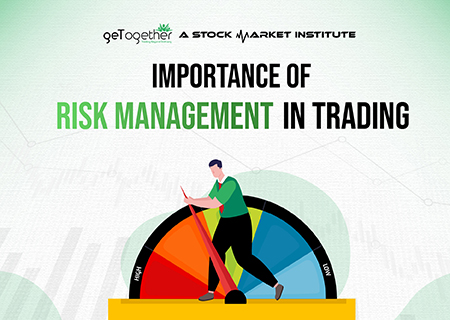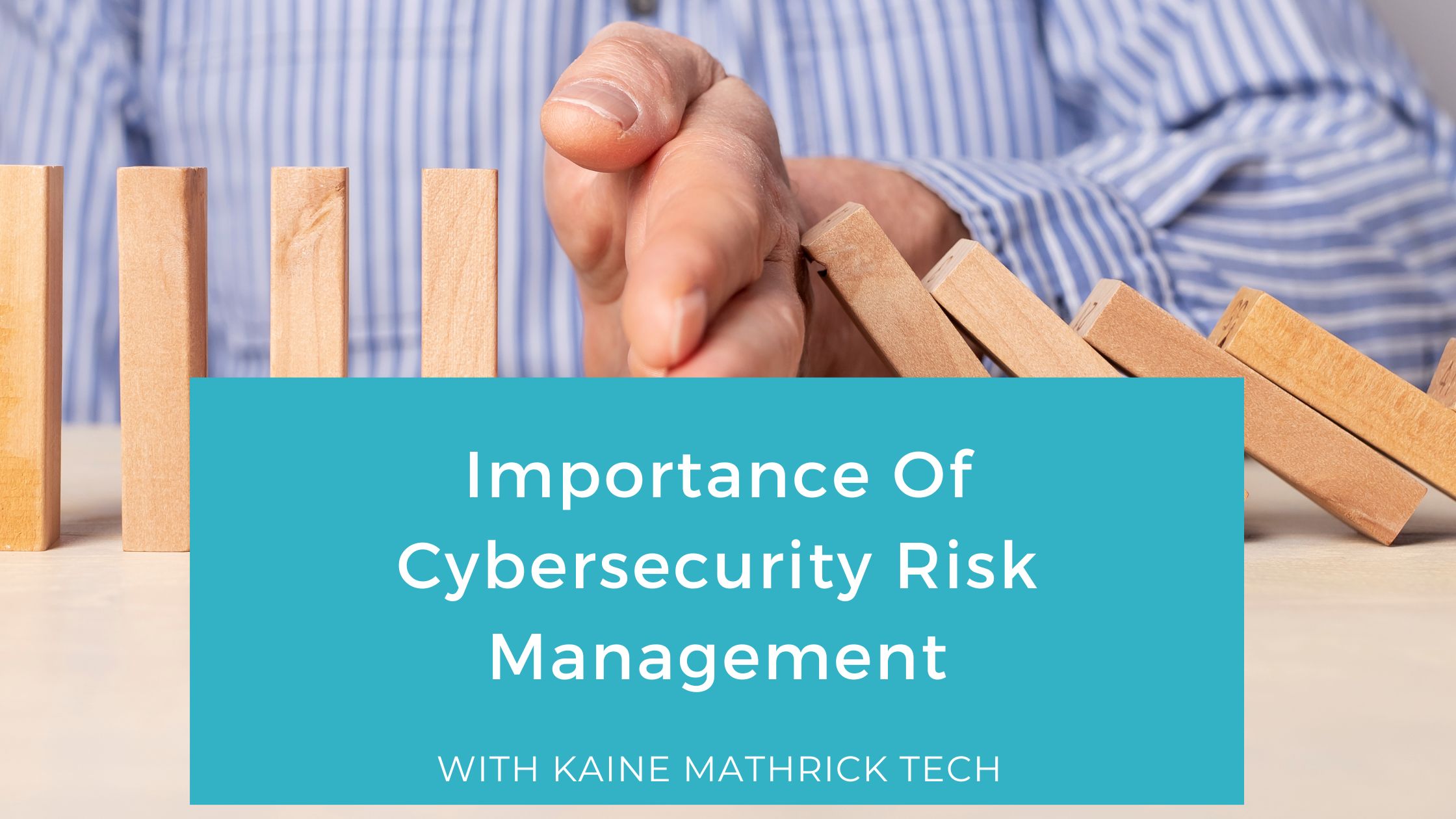The Essential Importance of Risk Management in Economic Decision Making
The Essential Importance of Risk Management in Economic Decision Making
Blog Article
Discovering the Value of Risk Management for Effective Decision-Making Approaches
In the detailed world of company, Risk Management arises as a critical consider the decision-making process. The ability to identify possible dangers and possibilities, and strategize accordingly, can mean the distinction between success and failure. With devices such as SWOT and PESTEL, organizations are geared up to make enlightened choices, promoting strength and flexibility in an ever-changing atmosphere. Wondering exactly how this functions? Let's unbox the characteristics additionally.
Comprehending the Concept of Risk Management
Risk Management, a vital component in decision-making, is typically misunderstood or oversimplified. Risk Management includes disciplined and organized approaches, using data and informative assessments. From monetary unpredictabilities, legal responsibilities, calculated Management errors, to mishaps and natural calamities, it deals with numerous dangers - importance of risk management.
The Role of Risk Management in Decision-Making Processes
In the realm of critical preparation and organization procedures, Risk Management plays an essential role in decision-making procedures. Risk Management thus becomes an important tool in decision-making, helping leaders to make informed choices based on a comprehensive understanding of the dangers involved. Risk Management offers as an essential part in the decision-making processes of any organization.

Exactly How Risk Management Boosts Strategic Planning
In the context of calculated preparation, Risk Management plays an essential function. Initiating with the recognition of prospective risks, it further includes the application of Risk reduction steps. The role of Risk Management is not fixed however dynamic, as it demands consistent surveillance and adjusting of techniques.
Identifying Possible Risks

Carrying Out Risk Reduction
Having actually developed the importance of determining prospective dangers, the following step is to discover Risk reduction. This procedure entails creating and implementing techniques to manage determined threats properly. It is an essential aspect of critical planning as it improves decision-making by decreasing potential unfavorable end results. Risk reduction techniques can vary from Risk avoidance, Risk transfer, to risk decrease. Each strategy ought to be customized to the particular Risk, considering its potential influence and the organization's Risk tolerance. Effective Risk mitigation needs a deep understanding of the Risk landscape and the possible effect of each Risk. This understanding makes it possible for companies to prioritize risks and assign sources properly, ensuring that the most substantial hazards are dealt with first.
Monitoring and Readjusting Techniques
Though Risk reduction is a critical action in critical planning, continuous monitoring and adjustment of these techniques is similarly crucial. It likewise supplies a possibility to review the success of the Risk Management actions, permitting adjustments to be made where necessary, Read More Here additional improving tactical planning. Monitoring and adjusting Risk Management strategies is a crucial component for boosting a company's strength and calculated planning.
Situation Researches: Effective Risk Management and Decision-Making
In the world of organization and financing, effective Risk Management and decision-making typically serve as the columns of prosperous ventures. These cases highlight the worth of astute Risk Management in decision-making processes. These instances highlight the critical duty of Risk Management click in tactical decision-making.
Devices and Methods for Effective Risk Management
These tools, such as Risk signs up and warm maps, help in recognizing and evaluating prospective dangers. Risk response techniques, description a crucial part of Risk Management, involve accepting, preventing, transferring, or mitigating dangers. With these techniques and devices, decision-makers can browse the facility landscape of Risk Management, therefore assisting in notified and efficient decision-making.
Future Trends in Risk Management and Decision-Making Methods
As we discover the huge landscape of Risk Management, it becomes noticeable that the devices and methods made use of today will certainly remain to develop. Future trends aim in the direction of an increased dependence on innovation, with synthetic intelligence and artificial intelligence playing considerable roles. These modern technologies will certainly enable companies to anticipate prospective risks with better accuracy and make more enlightened decisions. Additionally, there will certainly be an expanding focus on durability, not just in taking care of dangers but likewise in recovering from damaging situations. Last but not least, the idea of Risk culture, where every participant of an organization is mindful and associated with Risk Management, will certainly acquire extra importance. These fads declare an even more inclusive and aggressive technique towards Risk Management and decision-making.
Conclusion

Risk Management hence comes to be a vital tool in decision-making, helping leaders to make informed choices based on a detailed understanding of the dangers entailed. Risk mitigation techniques can vary from Risk evasion, Risk transfer, to risk reduction (importance of risk management). Effective Risk reduction needs a deep understanding of the Risk landscape and the prospective effect of each Risk. Risk action strategies, a vital part of Risk Management, include accepting, avoiding, transferring, or mitigating risks. The concept of Risk culture, where every member of a company is conscious and involved in Risk Management, will certainly acquire more prestige
Report this page